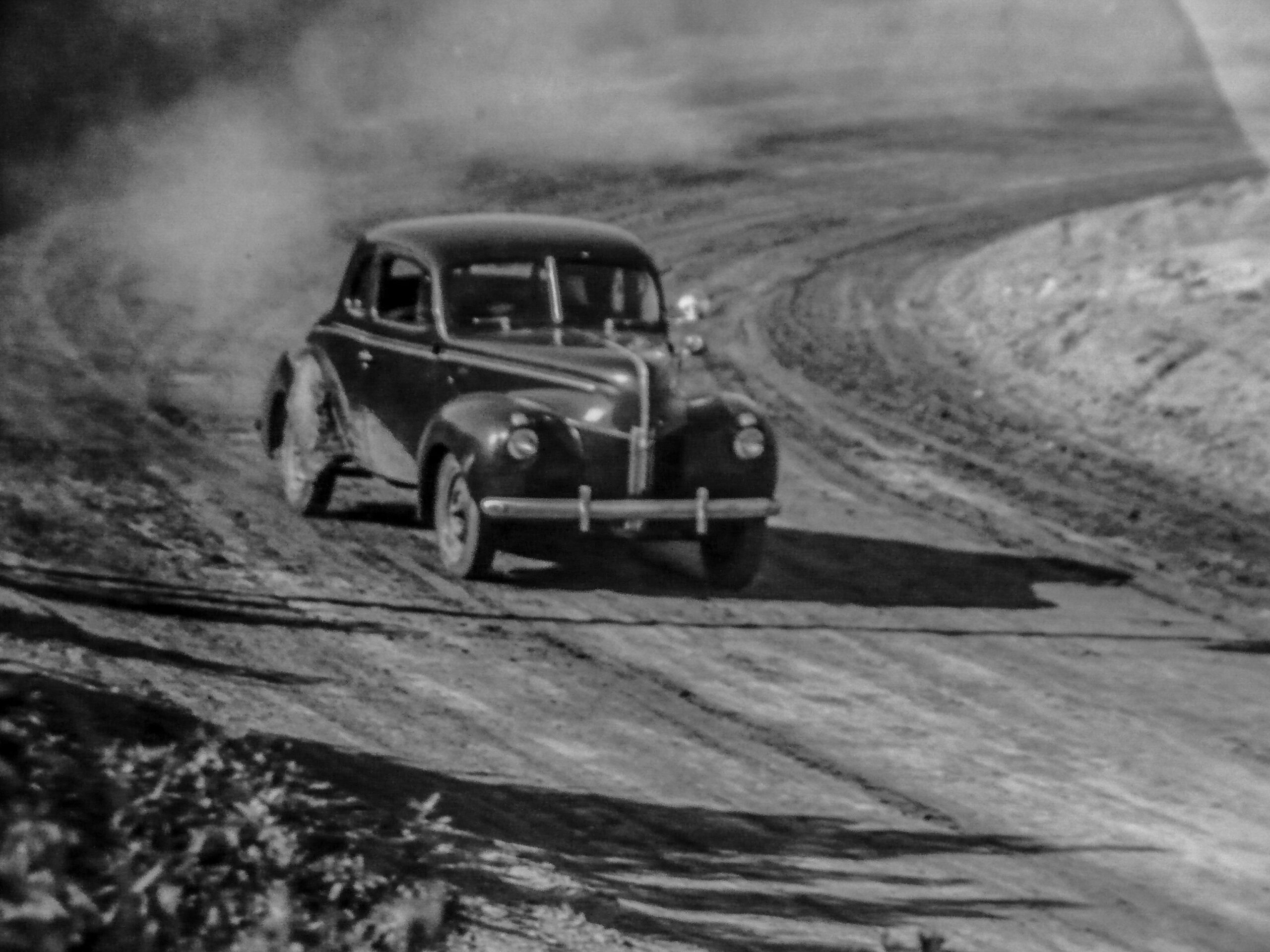I chose the first reading for this week, that being the one detailing the origins of the sport of wrestling in the South. I was a bit surprised by this particular reading as I fully expected to read about more traditional wrestling whereas this reading more details the professional wrestling that one would more see on television. To be more specific it speaks on ‘fake’ wrestling and most interestingly provides reasoning for why that wrestling is the way it is and how it could still be considered a sport despite its lack of pure sincerity.
I will say I had very little knowledge about wrestling prior to this reading. Though I know a little bit more about the type of wrestling this reading covers than I do about traditional wrestling. That being the fact that the sport is more based on a pre-established narrative than it is on an actual winner or loser. Even more specifically I was aware of the idea that in modern wrestling there is a system of ‘bad guy’ wrestlers that would be set up to work up the crowd to an eventual big fight with a set up ‘heroic’ wrestler.
I will say I really didn’t know about the origins of wrestling being connected to the act of simply brawling in the street. The chapter opens with a description of a brutal brawl between two men who’d been friends for a time before the honor of their wives were questioned.
This reading touches on why the sport decided to go into that direction instead of taking the more direct route of having a genuine contest. The very simple explanation provided by the reading was that spectators often found more genuine contests to be unengaging or dissatisfying. Detailing that if fighters are focused on actually winning a fight they will use tactics that make a fight go on for an exorbitant amount of time or will fight in such a way that a fight is over almost immediately.
The narrative was brought in to better engage spectators in the sport that they’re watching and the idea of setting up heroes to root for and villains to boo against went in rather well with the idea of permeating stereotypes that were present at the time.
